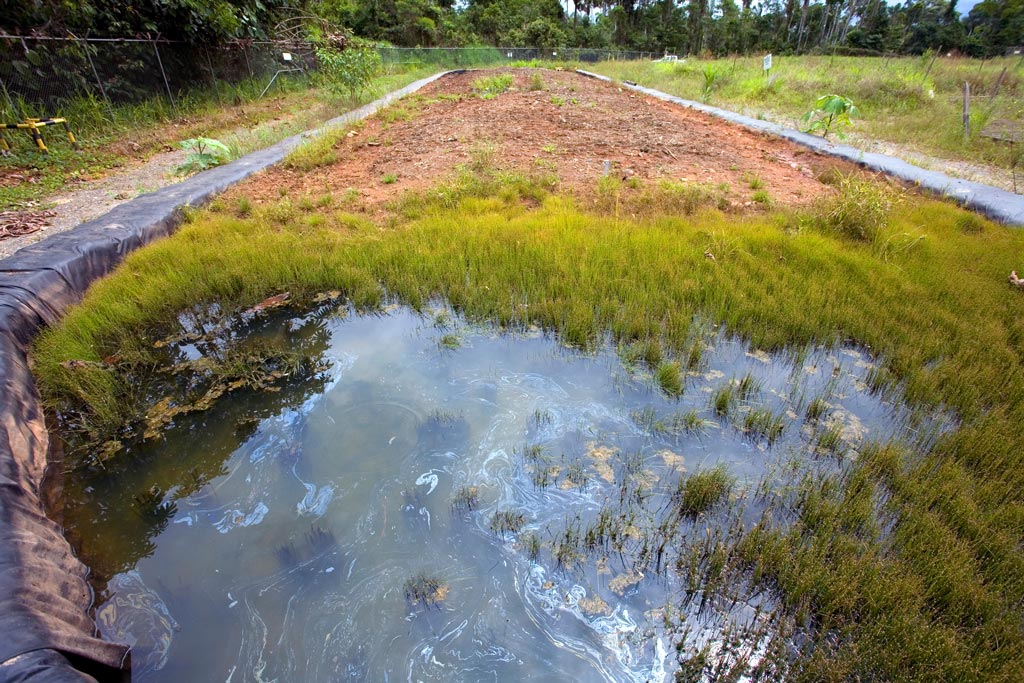Groundwater Bioremediation
In 1980, Congress established the Comprehensive Environmental Response, Compensation and Liability Act (CERCLA), setting up a Federal “Superfund” to clean up uncontrolled or abandoned hazardous-waste sites. It also forces the parties responsible for the contamination to either perform cleanups or reimburse the government for EPA-led cleanup work.
Bioremediation of groundwater contamination is a remedy that has proven effective for Superfund cleanup activity, especially those sites that are near the remedial goal and no longer require active remediation and looking to transition to a passive remedy.
Bioremediation technology uses microorganisms to treat contaminants through natural biodegradation mechanisms or by enhancing natural biodegradation mechanisms through the addition of microbes, nutrients, electron donors, and/or electron acceptors. The goal is to degrade compounds into less toxic materials such as carbon dioxide, methane, and water through aerobic or anaerobic processes. Used effectively, bioremediation is less expensive and more acceptable to the public than other techniques used to address contaminated media at hazardous waste sites.
The ONE team has years of experience with Superfund-related groundwater bioremediation including innovative solutions that have proven successful in transitioning remedies under the Superfund program. ONE offers project consulting services that leverage this experience working directly with EPA and State regulators in the remedy selection, remedial design, and overall implementation of the selected remedy.
Specially, ONE team experts can assist clients with:
- Remedial alternative evaluation and pilot testing
- Remedial plan design and work plan development
- Remedial system installation
- Operation and maintenance (O&M) and performance monitoring
- Groundwater sampling and reporting with statistical analysis
- Site closure


